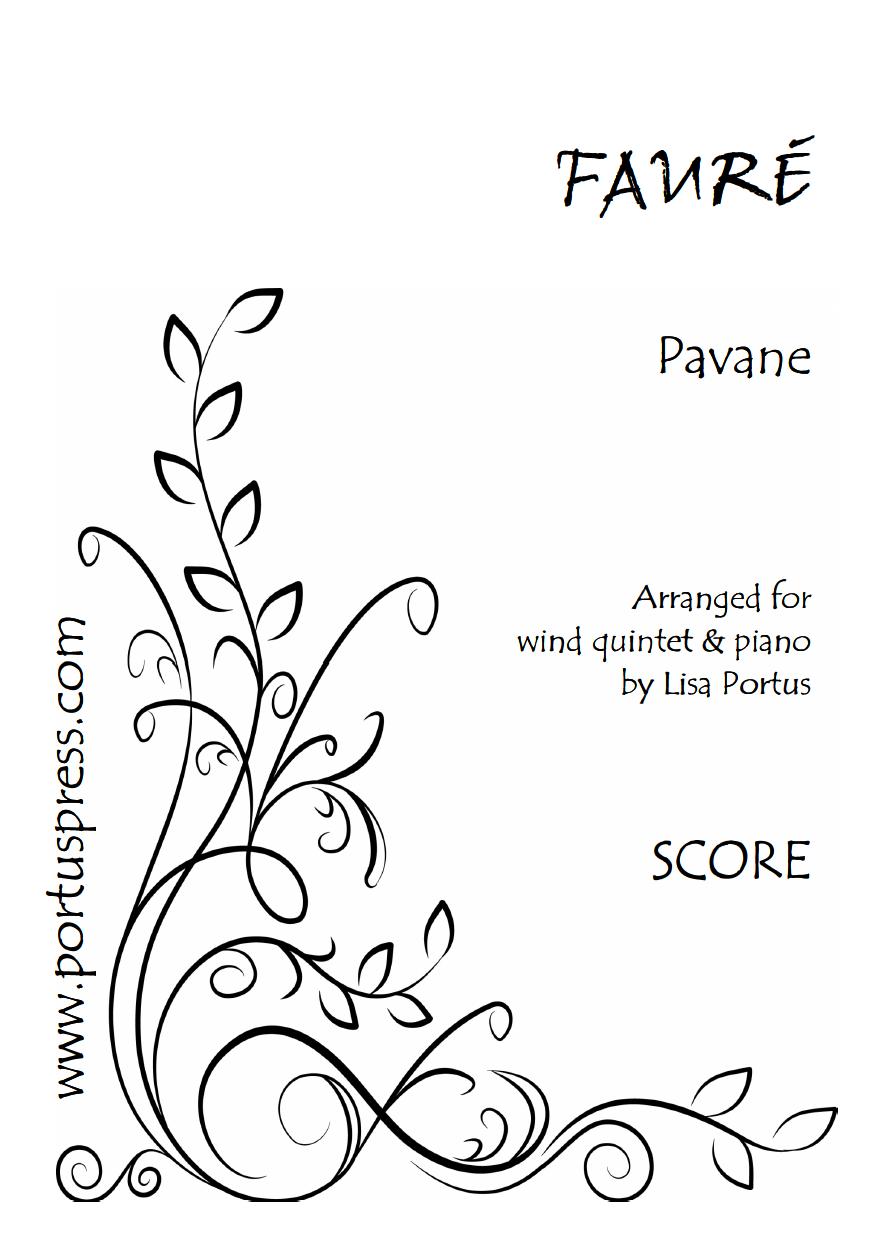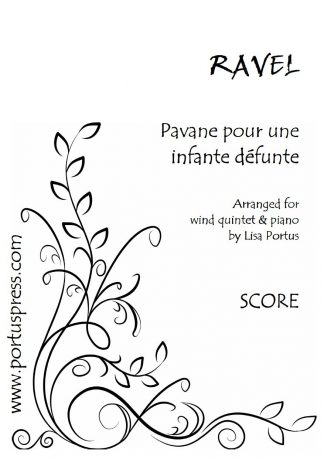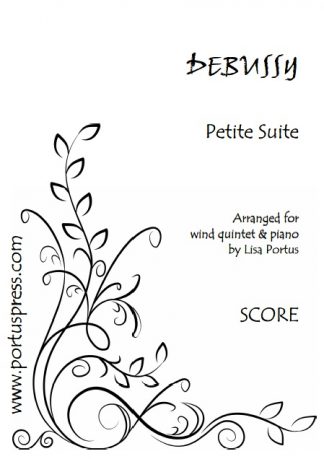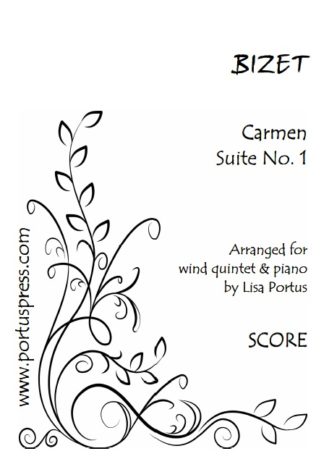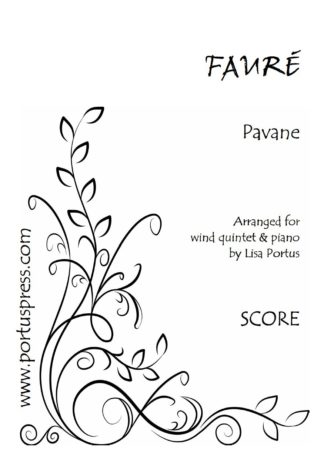Description
This Pavane was written by the French composer Gabriel Fauré in 1887 – a year before completing his most famous work, the Requiem. It was originally a piano piece, but is better known in Fauré’s orchestral version, which he later expanded to include optional chorus when he dedicated the work to his patron, Élisabeth, Countess Greffulhe – a famed beauty and queen of Parisian Society. In 16th century Europe the pavane was a stately processional court dance and, following a revival of interest in old musical forms in the late 19th century, Fauré became one of the first composers to reinterpret the pavane, giving it a modern twist.
Faure’s Pavane captures the spirit of the court dance perfectly. It is in a simple three-part form, with a return of the haunting opening melody following a brief, but dramatic middle section. Debussy clearly admired it, saying, “The play of the graceful, fleeting lines described by Faure’s music may be compared to the gesture of a beautiful woman without either suffering for comparison.” Fauré, himself, was rather modest about his work, describing it as “elegant, but not otherwise important”. Nonetheless, from the outset the Pavane enjoyed huge popularity and both Debussy and Ravel, went on to write their own, equally successful, pavanes.

